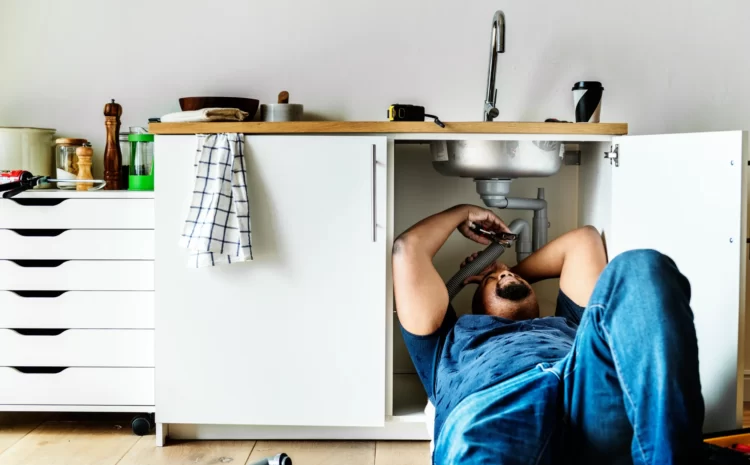
DIY Solutions for a Clogged Kitchen Sink
Kitchen Sink Clogged Tried Everything? Here’s What You Need to Do!
Don’t let a clogged kitchen sink ruin your day. If you’ve tried everything and it’s still not fixed, read on for expert tips and tricks!
A clogged kitchen sink can be a real nightmare, especially if you’ve tried everything and nothing seems to work. But fear not, dear reader, because you’re not alone in this struggle! In this article, we’re going to explore some common reasons why kitchen sinks get clogged, as well as some effective DIY solutions to get your sink flowing smoothly again. So if you’re feeling frustrated and overwhelmed, take a deep breath and let’s dive in!
Why Is My Kitchen Sink Clogged?
There are several reasons why your kitchen sink might be clogged. Some of the most common culprits include:
- Grease and oil buildup
- Food scraps and debris
- Soap scum and residue
- Mineral buildup from hard water
- Foreign objects (e.g. utensils, bottle caps)
In some cases, a clogged sink might be a sign of a bigger plumbing problem, such as a blocked sewer line or damaged pipes. If you’ve tried everything and your sink is still clogged, it might be time to call in a professional plumber.
3 DIY Solutions for a Clogged Kitchen Sink:
If you’re dealing with a minor clog, there are several DIY solutions you can try before calling in the pros. Here are some of the most effective methods:
1. Boiling Water
Boiling water is one of the simplest and most effective ways to unclog a kitchen sink. Simply boil a pot of water on the stove, and then pour it down the drain in two or three stages. The hot water can help dissolve and flush away grease, oil, and other stubborn clog-causing substances.
2. Baking Soda and Vinegar
Baking soda and vinegar are two pantry staples that can work wonders on a clogged kitchen sink. First, pour a cup of baking soda down the drain, followed by a cup of vinegar. The mixture will fizz and bubble, which helps break up clogs and dislodge debris. After about 10-15 minutes, flush the drain with hot water.
3. Plunger
A plunger can be a surprisingly effective tool for unclogging a sink. Plunging will often force a clog down and out of your sink drain. First, if you have a double sink, block the unclogged side with the stopper or a wet rag. For a good seal with the right plunger, you’ll need at least three or four inches of water on the clogged side, so if necessary, run the sink until the water reaches that level. Now, cover the clogged kitchen sink drain with the plunger and vigorously pump up and down for 30 seconds or so. Stop and see if the water easily swirls away, indicating that you’ve cleared the drain. If not, plunge for another 30 seconds.
Remember to always use caution when attempting DIY plumbing solutions, and if the clog persists, it may be time to call in a professional plumber.
